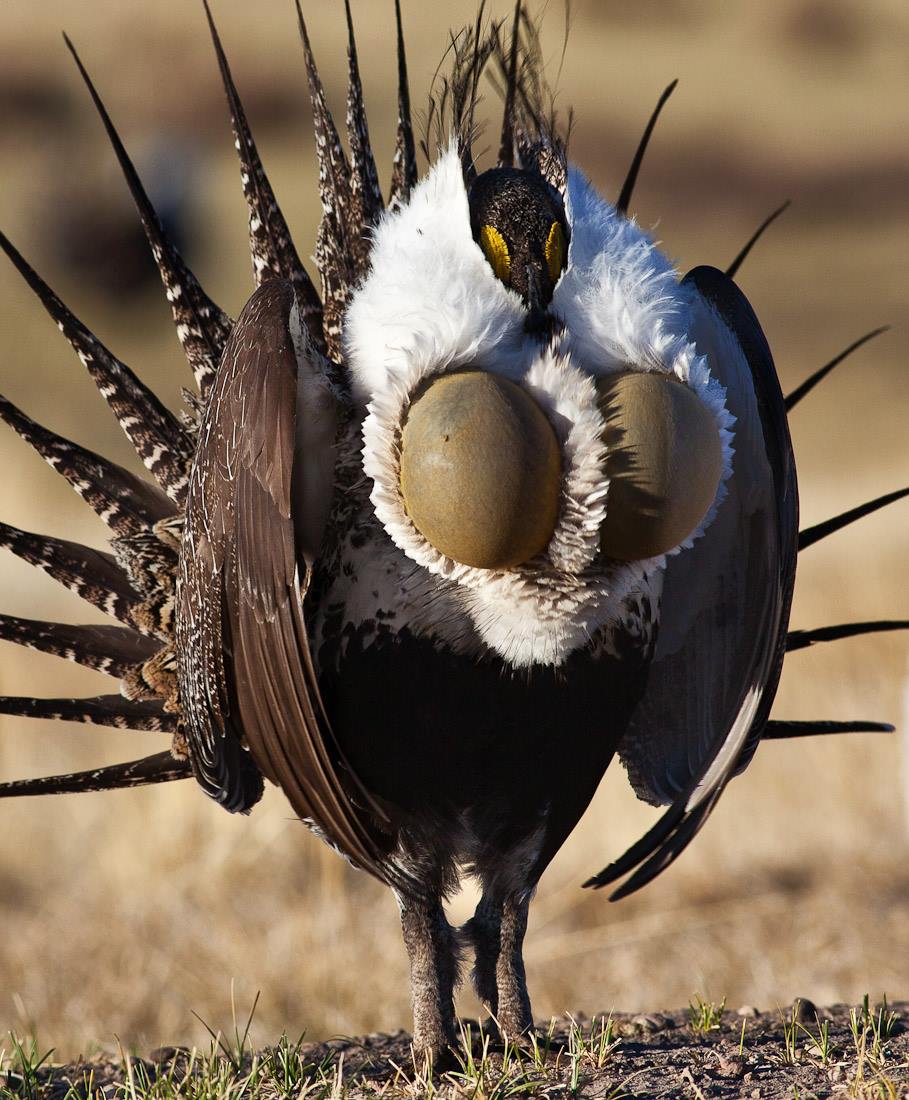WASHINGTON, DC – Secretary of the Interior Sally Jewell today issued today a Secretarial Order calling for a science-based strategy to address the more frequent and intense wildfires that are damaging vital sagebrush landscapes and productive rangelands, particularly in the Great Basin region of Idaho, Utah, Nevada, Oregon and California.
The strategy will begin to be implemented during the 2015 fire season.
Goals include:
- reducing the size, severity and cost of rangeland fires
- addressing the spread of cheatgrass and other invasive species, and
- positioning wildland fire management resources for more effective rangeland fire response.
“Targeted action is urgently needed to conserve habitat for the greater sage-grouse and other wildlife in the Great Basin, as well as to maintain ranching and recreation economies that depend on sagebrush landscapes,” said Jewell. “The Secretarial Order further demonstrates our strong commitment to work with our federal, state, tribal and community partners to reduce the likelihood and severity of rangeland fire, stem the spread of invasive species, and restore the health and resilience of sagebrush ecosystems.”
The order establishes a Rangeland Fire Task Force, chaired by Interior’s Deputy Secretary Mike Connor, includes five assistant secretaries and lays out the goals and timelines for completing the task force’s work.
The task force will work with other federal agencies, states, tribes, local entities and non-governmental organizations on fire management and habitat restoration activities. The accelerated invasion of non-native grasses and the spread of pinyon-juniper, along with drought and the effects of climate change, increased the threat of rangeland fires to the sagebrush landscape and the more than 350 species of plants and animals, such as mule deer and pronghorn, that rely on this ecosystem.
The increasing frequency and intensity of rangeland fire in sagebrush ecosystems has significantly damaged the landscape on which ranchers, livestock managers, hunters and outdoor recreation enthusiasts rely. This unnatural fire cycle puts at risk their economic contributions across this landscape that support and maintain the Western way of life in America.
Efforts to conserve and protect sagebrush habitat are the centerpiece of an historic campaign to address threats to greater sage-grouse prior to the U.S. Fish and Wildlife Service’s court-ordered 2015 deadline whether to propose the bird for Endangered Species Act protection.
Secretary Jewell is working with Western governors to improve wildland fire-fighting capacity at all levels, highlighting the proactive voluntary partnership with ranchers, farmers and other landowners to conserve the sagebrush landscape on private and public lands. Interior’s November 5-7, 2014, conference in Idaho, The Next Steppe: Sage-grouse and Rangeland Fire in the Great Basin, brought together fire experts and land managers at the federal, state and local levels who underscored the need for a comprehensive, landscape-scale strategy to rangeland fire suppression and prevention.
SOURCE: BLM.

